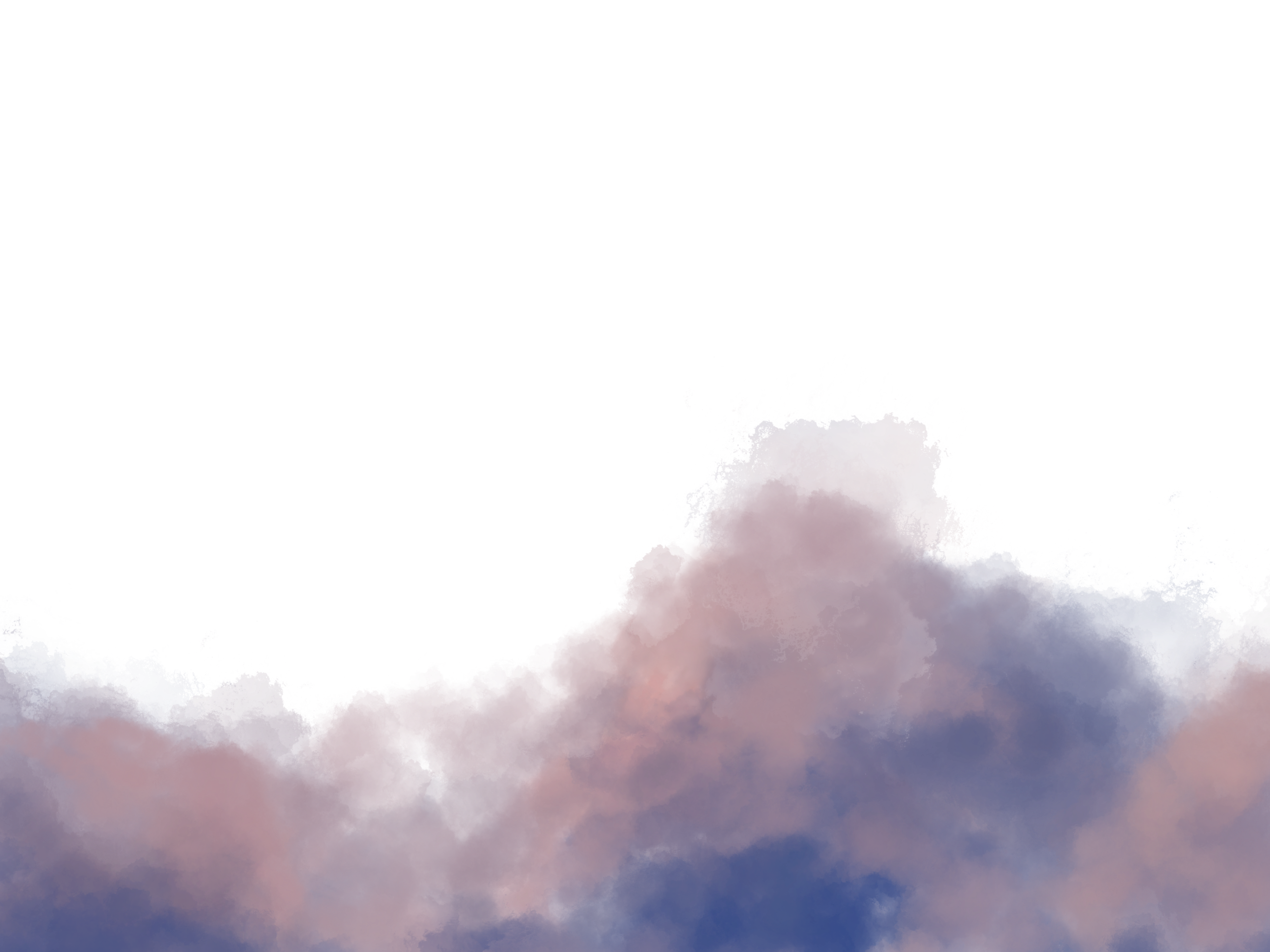

Science Articles
Science is the most beautiful language in this world.



Science is the most beautiful language in this world.

Science, the methodical study of the structural and behavioral aspects of the physical and natural world, is one of the broadest subjects to exist.
It is irrefutable that science is multidimensional...these dimensions evolved from the ultimate foundation of science—research. Frankly, you may easily catch me constantly holding a science textbook in my waking hours—or perhaps even sleeping hours—and scratching
my head at the scientific calculation problems toward the end of each unit. To fulfill my deep interest in science, writing about science has become a big portion of my life.
I have been a writer for the Spectator Science Department since the beginning of my freshman year. Every split second I jot down the historical moment of groundbreaking scientific discoveries or even
just some simplest daily occurrences that revolve around science (such as an apple falling from the tree...we love Newton), I feel as if I have actually been through these events myself, and this is what
makes writing about science such a special and fulfilling experience that has changed my entire perspective on the complexity of the world around us. According to Stephen Hawking, one of the world's most beloved astrophysicists, "science is not only a discipline of reason but also one of romance and passion."
Every science writer is responsible for recording down the achievements made throughout the timeline of scientific development, and while these achievements may contain countless flaws, they are what makes writing about science particularly fascinating and unique compared to
other fields of studies.
March 1, 2021
Let's say we take a remote controller and magically reverse the progress bar of the Earth's rotation—what exactly would happen?
June 3, 2021
One of the most devastating nuclear accidents in human history took place at the Fukushima Daiichi Power Plant on March 11, 2011. Ten years later...
September 11, 2021
From mid-July to late August, the 2021 Perseid meteor shower put on one of the greatest celestial displays that brightened the summer night sky.
October 16, 2021
As a scientific research field that gained vast popularity in recent years, A.I. has begun to expand its footprint into one of the oldest foundations of humanity—agriculture.
November 22, 2021
Many launchings of a space mission with a human crew will inevitably encounter unexpected errorsthat may result in detrimental consequences and misadventure.
November 11, 2021 (co-author: Subaah Syed)
Stuyvesant's new science elective Science and Society, taught by Kristyn Pluchino, offers juniors and seniors a course where they can acquire the skills to interpret...
Okay guys I love this one so much that I felt the need to include the entire article here...
Our universe is unimaginably large. It contains a countless number of moons, planets, stars, galaxies, galaxy clusters, and superclusters. But is that all there is? Imagine this: you wake up in the morning, brush your teeth, and get ready for school. In other dimensions that we can't see, thousands or perhaps even millions of your exact replicas go through the same routine in universes parallel to but mirroring our own. The idea of "parallel universes" has always been a common topic in science fiction novels and films, but some recent scientific theories may support the presence of this so-called self-contained realm of existence. |

Illustration by Emily Young-Squire. |
Recent discoveries in physics and astronomy have pointed out that the origin of multiverses may likely be traced back to the very beginning of time. The theory of eternal inflation, founded by MIT theoretical physicist and cosmologist Alan Guth, solves certain mysteries surrounding the possibility of multiple expanding universes—a multiverse. Around 13.7 billion years ago, everything we know of was condensed into an infinitesimal hot, dense point known as the gravitational singularity, at which all forces were unified. Then, according to the broadly accepted Big Bang theory, this singularity burst into an exponential expansion via a process called cosmic inflation. Soon after this expansion, the temperature cooled sufficiently to allow for the formation of subatomic particles, atoms, and later the matter that now inhabit our present-day universe.
Both the mysterious process of inflation and the Big Bang itself have convinced some researchers that the existence of parallel universes is possible, and perhaps very likely. This is because inflation didn't necessarily end everywhere at the same time. When inflation ceases in a particular place, a bubble universe forms. Some bubbles stopped inflating or fell onto trajectories that would cause inflation to stop, creating a fractal portion of static space. In other places, the bubble universes can continue to expand indefinitely without intersecting with one another as a result of quantum effects, producing these bubble universes in a never-ending procession.
String theory, on the other hand, has been regarded as the "theory of everything," which represents a single framework unifying two theories that provide the most fundamental backbone to almost all aspects of modern physics: general relativity, which demonstrates how gravity can affect the fabric of spacetime, and quantum mechanics, which is the mathematical description of subatomic particles.
According to this theory, the universe is made up of extremely small strings that vibrate in 10 or 11 dimensions—dimensions we can't see. In this case, all matter and force particles are replaced with tiny vibrating strings whose varying motions may indicate the occurrence of different natural phenomena. For instance, one particular frequency that a string strikes can represent the properties of a proton, while a different frequency can symbolize the behaviors of a quark. String theory recognizes the possibility that multiple states of existence are possible at the same time, in which a "wave function" accounts for all those possibilities, yet we are only able to observe one of them.
Some physicists believe in a flatter version of parallel worlds. If the universe that we currently live in continues forever, there is only a finite number of ways that matter and the building blocks of matter can arrange themselves and they will eventually have to repeat a particular arrangement. Pretend that you are shuffling a deck of cards with an overhand shuffle. For the first several times, after you release the portion of the lifted deck into the front of the deck, the front deck will almost always be a different card; but, eventually, you will end up with the card that you started with. Hypothetically, the same concept may also be applied to arrangements as large as solar systems, galaxies, and the entire universe. If the universe were to begin with a singularity that underwent a sudden cosmic inflation, however, this theory would likely not be held true as the number of possible outcomes from the interaction between particles will approach infinity at a rate faster than the increase in the number of possible universes due to cosmological inflation, as concluded by the theoretical astrophysicist and science writer Ethan Siegel.
Additionally, another relatively new theory proposes that the universe not only began with the Big Bang but also on the opposite side of the Big Bang timeline, stretching backward in time. In some sense, if this universe before the Big Bang were to actually exist, this means that everything would be reversed: atoms would now consist of antiprotons and positively charged electrons, and this universe would then begin to collapse back on itself until it becomes the infinitely hot and dense point of singularity, before expanding into our own universe. Some scientists have even brought up the possibility that black holes could be wormholes to another universe.
Despite these various theories that could potentially indicate the existence of a multiverse, there is no way for us to test them. Each theory essentially depends on how scientists define time in the first place. Guth and other scientists initially attempted to create mathematical models of eternal inflation and calculate the distribution of bubble universes based on how many of each type are found present in a given time interval. But because infinity prevents us from deriving statistical analysis, an eternally inflating multiverse is fundamentally incalculable in a uniform and quantitative manner. This falsifiability in calculating and testing is, in fact, the most significant unsolved bug that leads to countless arguments against the multiverse theory.
Our current understanding of this universe is still very limited. With recent scientific discoveries and technological advancements, however, we are now able to take this research a step further and uncover mysteries that the conventional Big Bang theory is not able to solve. In the future, measurements for multiverses can perhaps be made possible by observing gravitational waves that could have been generated by eternal inflation. That is, the universe may seem like an unimaginable quantity of dark, mysterious space, but humankind should never cease its attempts to uncover more of its secrets as time goes on.